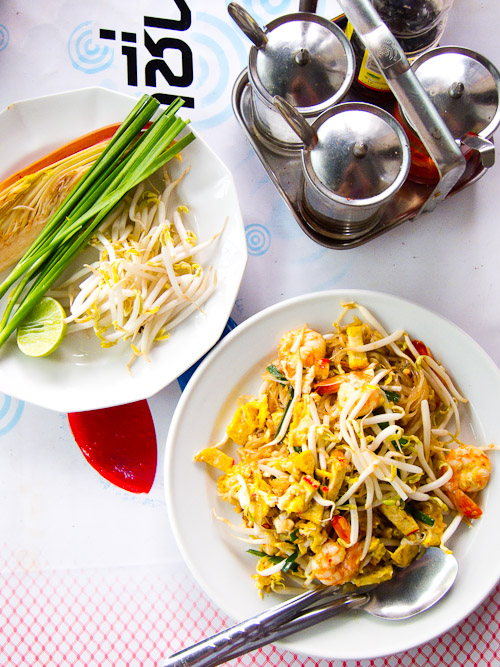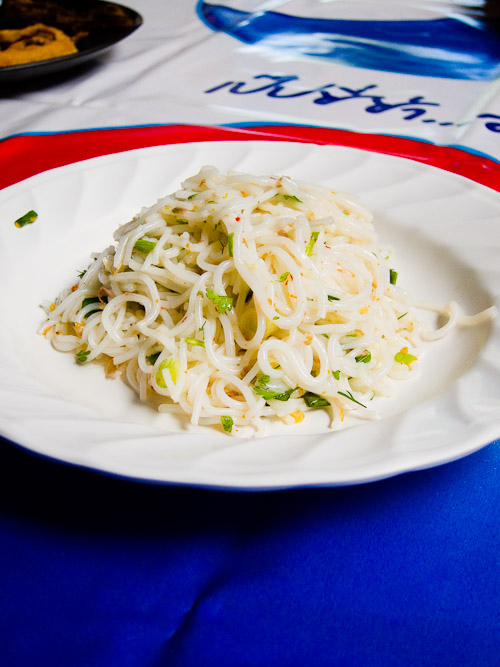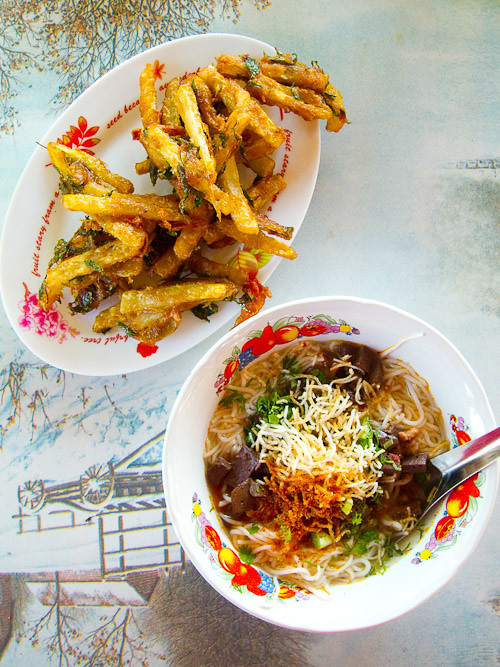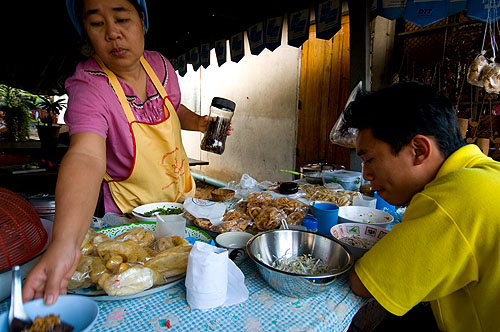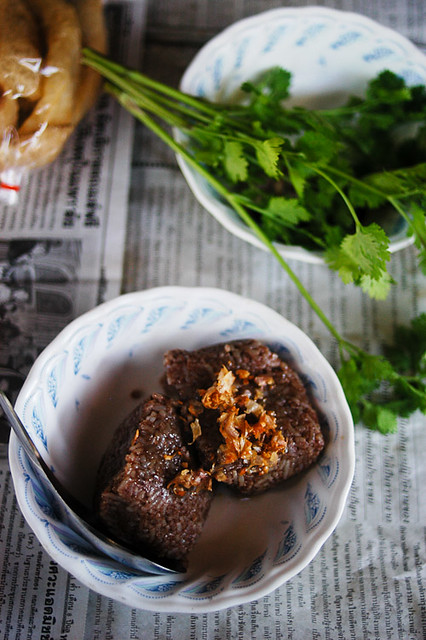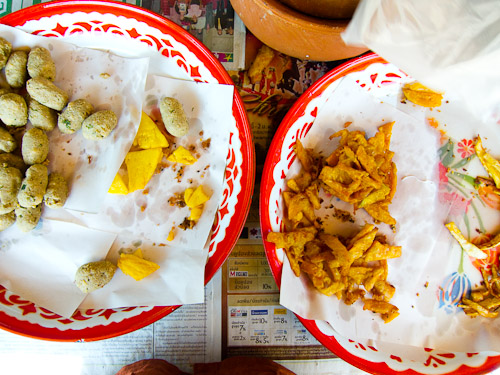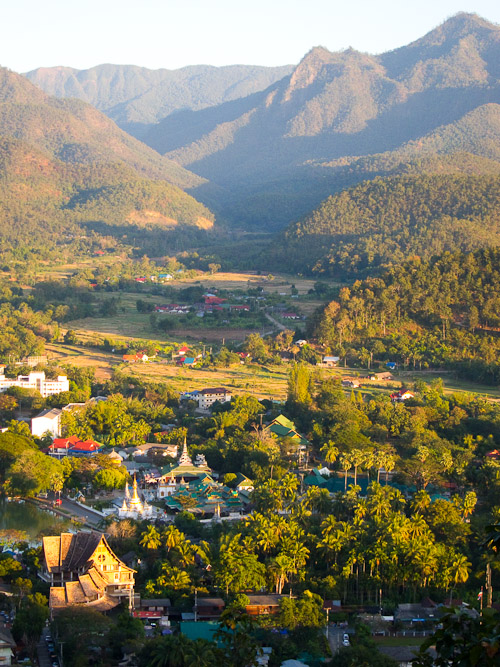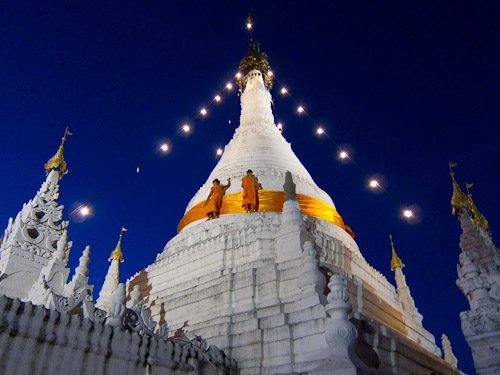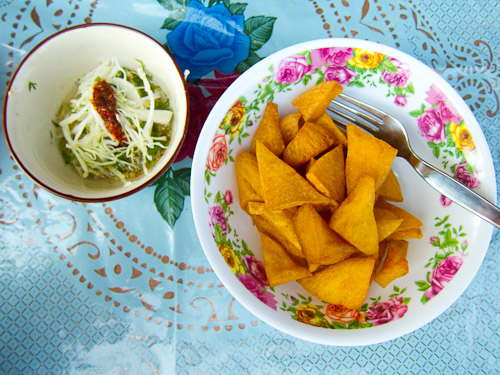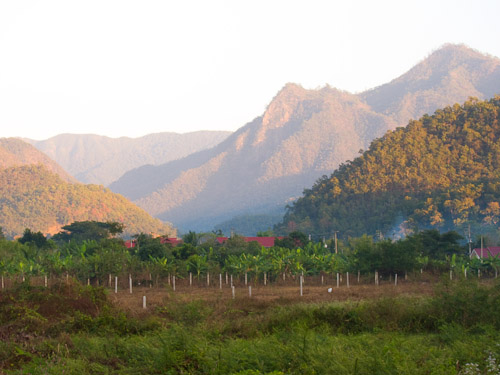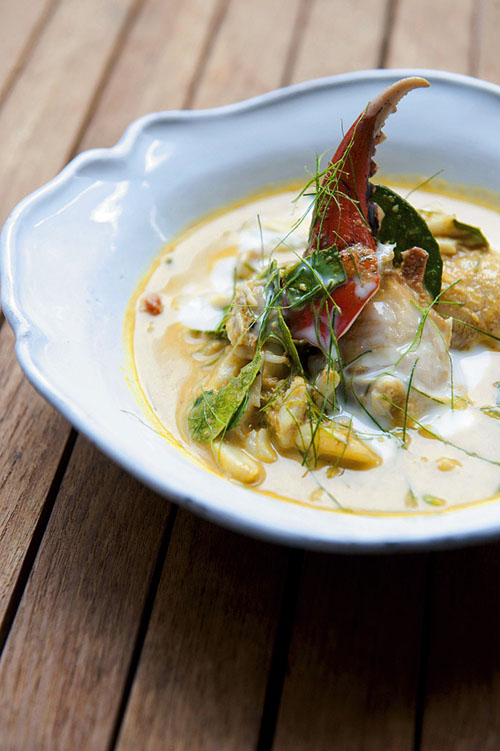 Coconut and turmeric curry of blue swimmer crab with southern limes. Image courtesy of nahm.
Coconut and turmeric curry of blue swimmer crab with southern limes. Image courtesy of nahm.
I've mentioned nahm, David Thompson's new Thai restaurant in the Metropolitan Hotel, here previously, but have yet to go into too much detail about my experiences eating there. This was mostly because being friends with David and having eaten there several times gratis, I wasn't entirely convinced that I'd had an objective dining experience. However, after my most recent meal, I've eaten there at least eight times -- both for free and paying, both when David's been there and when he's been away -- and feel I can express my opinions about the restaurant's food in an unbiased manner.
Not that there are going to be any real surprises -- I've mentioned my fondness for nahm a few times in this blog and this has yet to change. In fact, the restaurant seemingly gets better every time I eat there, and at this point I reckon that Thompson and team are producing what must be some of the best Thai food anywhere.
For starters, I can't imagine another Thai restaurant where one is going to find such an evocative and unusual menu. I arrived early for my most recent dinner and enjoyed simply passing the time by reading the descriptions: Blue swimmer crab, peanuts and pickled garlic on rice cakes; Salad of grilled chicken with chilli jam; Cucumber salad with crunchy minced prawn floss and green mango; Braised lobster with sugar cane.
It can be somewhat overwhelming, even if you are familiar with Thai food. But after so many meals at nahm, I've been able to round it down to a handful of personal faves: Cured 'hiramasa' kingfish salad with chillies, lime and mint is a deliciously spicy and tart yam-like dish -- my mouth puckers in thinking about it now; Green peppercorn relish with shrimp paste, chillies and pork with salted prawns and fresh vegetables is rich and oily and packs a slow, satisfying burn; and possibly my all-time nahm favourite, Thompson's twist on an old kaeng tai plaa recipe, Smoked fish curry with prawns, chicken livers, cockles and black pepper. The latter is intense, but with the heat of black pepper, not the burn of chilies, and comes with a plate of cooling (and beautifully arranged) fruit and vegetables and ajaat, a Thai/Muslim sweet/sour dressing. In the same genre, the Mussaman curry of 'royal project' chicken with onions and golden yams is one of best versions of this dish I've encountered; it's sweet -- as it should be -- but is given additional depth by the presence of more dried spices than most Thai cooks would use, in particular, a fragrant cardamom. The stir-fries at nahm are wonderfully smokey, and I really enjoy the Spicy stir-fried frog with chillies, turmeric, holy basil and cumin leaves, a dish that, according to Thompson, employs three kinds of fresh chilies. As my dining companion last night pointed out, it's amazing how the dishes at nahm combine so many ingredients but come together as a seamless whole. This, I believe, is one of the unwritten aspirations of Thai cuisine, but one that's rarely met.
Another thing I appreciate about the menu at nahm is that, unlike a lot of fine dining, the emphasis is not on exotic cuts of meat, but rather, most dishes revolve around herbs, veggies and seafood. I always end up eating far more than I should at nahm, but it still feels like a healthy and balanced dining experience.
Admittedly, the food is expensive, particularly by Thai standards. But 1500B (approximately US$50) is not a great deal to pay for a set meal at a fine dining restaurant. And knowing firsthand the amount of research, trial and error and effort that goes into these dishes, I don't find it particularly exorbitant. Regardless, there's no real alternative to nahm, and if you're not willing to or can't afford to pay, you're simply not going to find dishes like this anywhere else.
So in the wake of all the controversy surrounding Thompson and nahm, much of which seems to have been forgotten by now, we're left with an excellent restaurant. This is welcome news, because now we can simply focus on the food.
Metropolitan Hotel 27 Th Sathon Tai, Bangkok 02 625 3333 Dinner only
View Thai Eats in a larger map




















